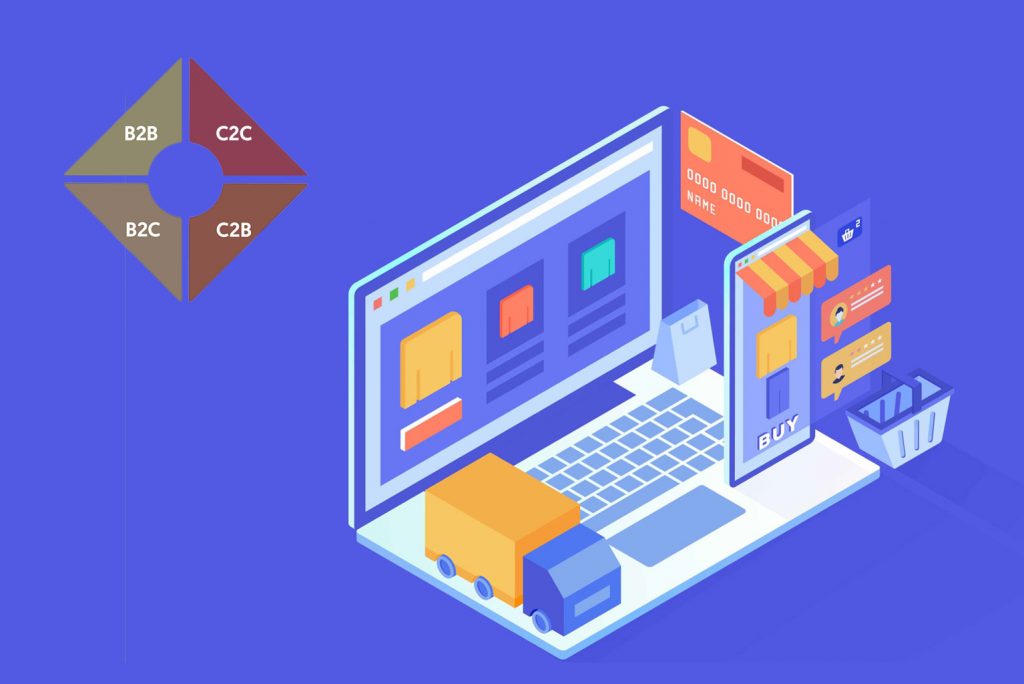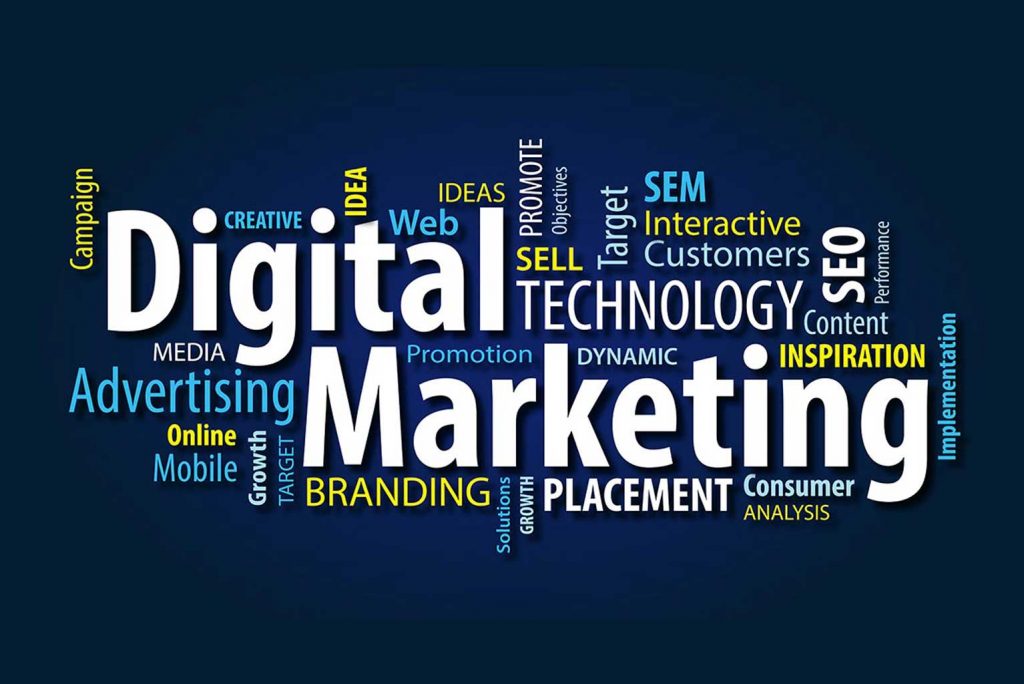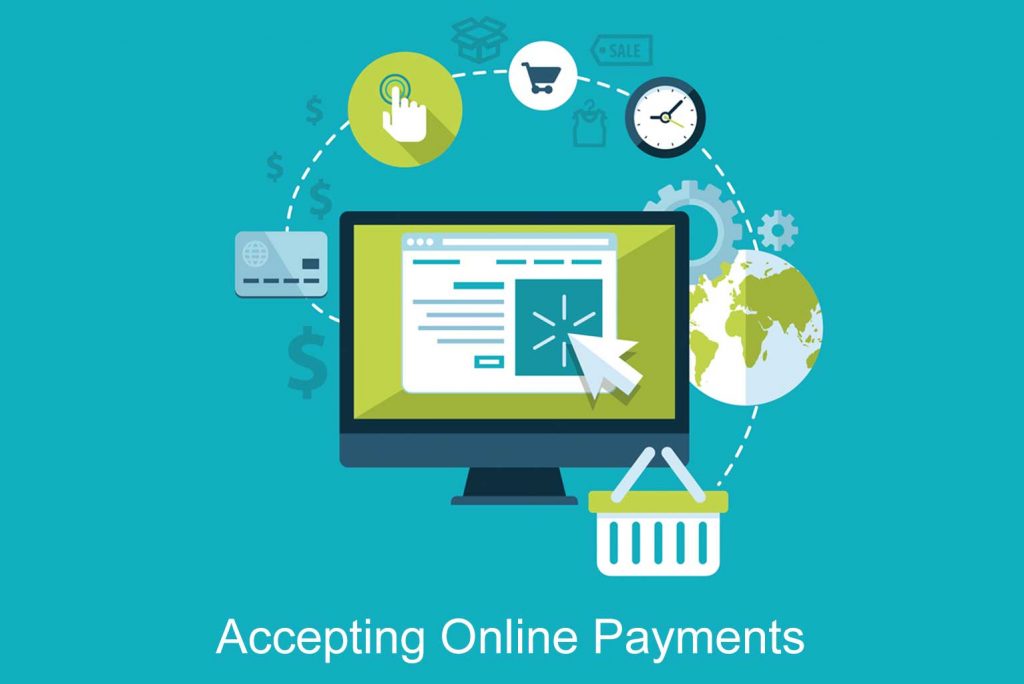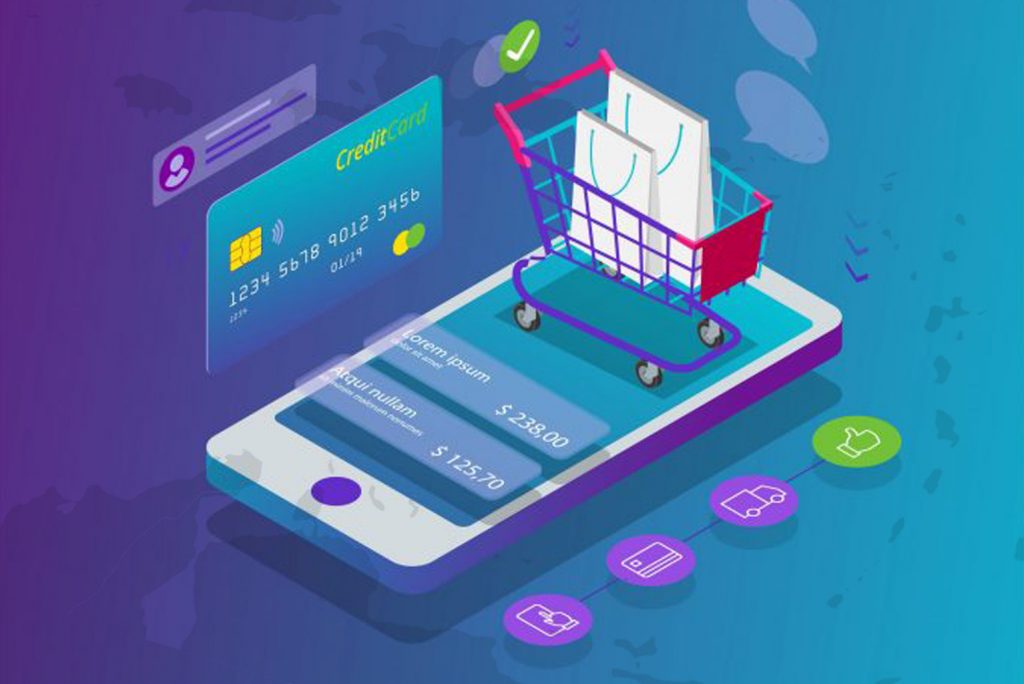The global outlook on E-Commerce continues to show increased adoption and integration into many facets of the business landscape. It must be underscored that this does not lie solely within the domain of the large economies of the U.S., Europe, China or Japan. The same holds true for our Caribbean economies of which St. Kitts Nevis forms a part. Today I’d like us to think about not just e-commerce in general, but consider it’s varying types or models. Thereafter, one can contemplate and discern exactly what type of e-commerce model would best suit that germinating business idea or how e-commerce can be adopted into an already established ‘brick-and-mortar’ establishment or personal business endeavour.
E-Commerce can be divided into four major distinct models :
1. Business to Consumer (B2C)
2. Business to Business (B2B)
3. Consumer to Consumer (C2C)
4. Consumer to Business (C2B)
In St. Kitts Nevis, our government is presently taking the initiative to engender an e-government paradigm with respect to using technology as a viable tool in a plethora of administrative operations, functions and procedures. As the degree of this adoption becomes more mainstream, I would suggest that we also give consideration to two (2) additional models. These will be discussed in a subsequent article. These are:
5. Business to Administration (B2A)
6. Consumer to Administration (C2A)
Business to Consumer (B2C) E-Commerce Model
The Business to Consumer or B2C model is arguably the most popular and easily recognized from of e-commerce. It entails the selling of goods or services from a business directly to the consumer or end user. If you’ve ever shopped on Amazon you’d already have a firm grasp of the B2C model.
Business to Business (B2B) E-Commerce Model
The Business to Business or B2B e-commerce model simply entails businesses selling products or services to other businesses. When you think about B2B, always think about a transactional arrangement between two distinct businesses, like between a manufacturer and a wholesaler, or perhaps a wholesaler and a retailer. In the latter case for example, local St. Kitts Nevis wholesaler, Rams Supermarket, would sell goods to a local store, Gillard’s Mini-Mart. In other words, a wholesale business is selling goods to a retail business. The transaction occurs between two (2) distinct businesses.
Consumer to Consumer (C2C) E-Commerce Model
I often think that the beauty of the Consumer to Consumer model is that it levels the playing field. The hallmark principle of this model is that you don’t have to own a business to engage in online opportunities to sell goods – you can market or offer your products directly to the consumer. And so the C2C model provides and opportunity for consumers to simply buy products from each other. Ebay is perhaps one of the most well known platforms that speak to this arrangement. While today many business utilize its infrastructure to market to other businesses or consumers, it remains one of the most popular websites where consumers can buy and sell from each other.
Consumer to Business (C2B) E-Commerce Model
Our final e-commerce model for this post is the Consumer to Business model (C2B) and it is driven by enabling consumers with the capacity to sell goods or services to businesses. We can think of freelancer portals like Freelancer.com, Craigslist , Fiverr or Upwork to begin to get an idea of the typical c2B model. Consumers or end users are listed on these sites with the intention of offering a specific skill set to businesses. In today’s cyber landscape, we will continue to see this trend expand into social media platforms and other similar avenues where business can engage users who offer the right skills for the specific job or project.
While four (4) distinct models were presented in this post, keep in mind that the web is a constantly changing medium and that there are additional variations to these models as creativity continues to drive innovation. Perhaps one of these models can be the infrastructure of your next big idea. Always explore further and keep an open mind towards understanding how technology is continuing to shape our ideas. In consideration of current trends, the best is yet to come.





